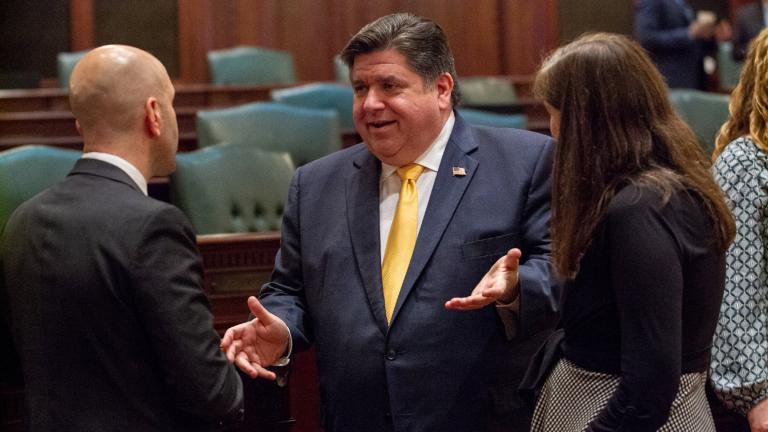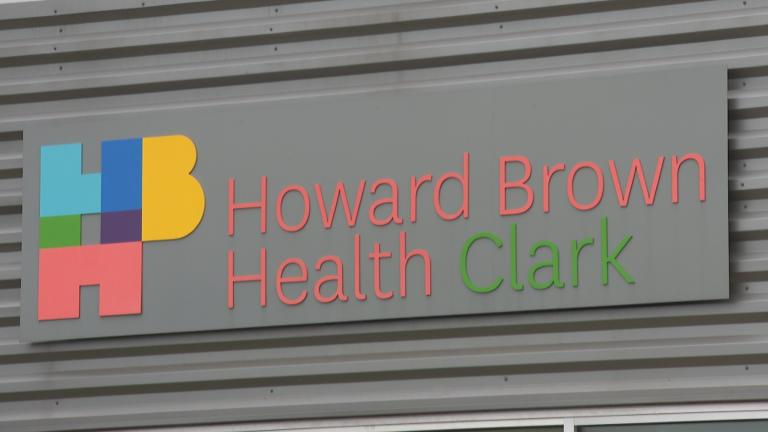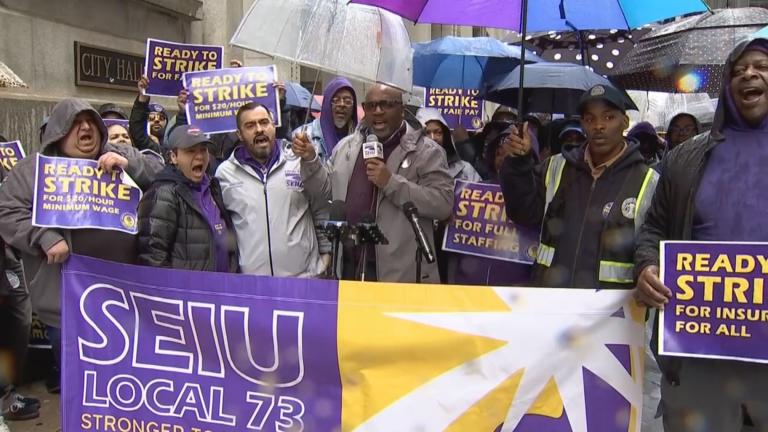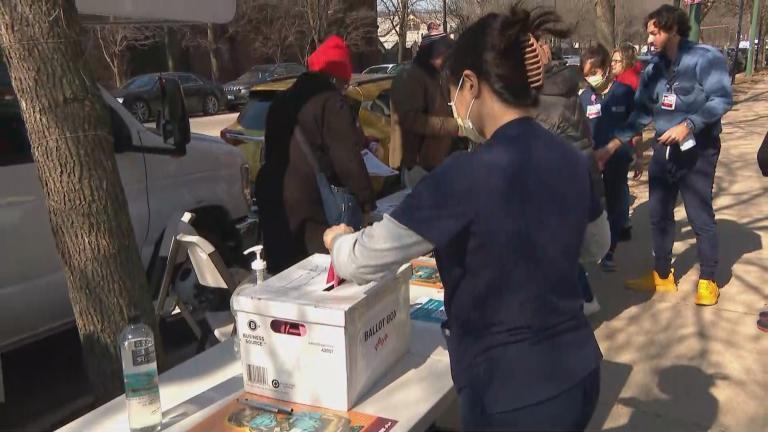 (Pavel Danilyuk / Pexels)
(Pavel Danilyuk / Pexels)
SPRINGFIELD – Unions representing nurses in Illinois are pushing for legislation that would impose mandatory staff-to-patient ratios in hospitals, nursing homes and other health care facilities.
But lobby groups representing hospitals and nursing homes say they are steadfastly opposed to the legislation, arguing that a nationwide nursing shortage makes it impossible to comply with such a mandate.
The proposed Safe Patient Limits Act, by Sen. Celina Villanueva and Rep. Theresa Mah, both Chicago Democrats, was introduced in February and was the subject of a joint hearing last week in Chicago by two House committees. It’s an issue that has been discussed in the General Assembly since 2019 but has thus far failed to gain the necessary traction for passage. The latest hearing came just three weeks before lawmakers return to the Capitol for their fall veto session, which begins Oct. 24.
“Short staffing isn't a mere inconvenience. It's a dire issue,” said Shaba Andrich, vice president of nursing homes for the SEIU Healthcare employee union. “It's predominantly a Black and Brown issue. In historically marginalized communities of Chicago, these issues are magnified. These communities that already face systemic underinvestment are further deprived of adequate nursing care due to chronic short staffing.”
The bill calls for setting a maximum number of patients that could be assigned to a registered nurse in specified situations. For example, in units with critical care or intensive care patients, the maximum number of patients per nurse would be just one. In units with pediatric patients, the bill would allow three patients per nurse, and in units with psychiatric patients, the bill would allow four patients per nurse.
It also provides some legal protection for nurses, stating that they are to provide their services exclusively in the interest of patients, “unencumbered by the commercial or revenue-generating priorities” of a facility that employs registered professional nurses.
Andrich, testifying before the committee last week, disputed the notion that there is a nursing shortage in Illinois. He said there is only “a shortage of caregivers who are refusing to be overworked and undervalued and underpaid,” and that the result of understaffing has direct consequences for patients.
“Such understaffing isn't merely an operational concern. It translates into real world consequences,” he said. “Seniors enduring falls, malnutrition, missed medication, avoidable hospitalization, and, tragically, avoidable deaths.”
Some of those who testified in favor of the bill accused hospitals and nursing homes of being more concerned about labor costs and profit margins than the best interests of patients.
“We need this legislation because hospitals are incentivized to reduce labor costs. This means less staff,” said Jeanine Johnson, a critical care nurse at Ascension St. Joseph Medical Center in Joliet. “Hospital executives see budgets and labor costs. Nurses see patients and their lives.”
A.J. Wilhelmi, president & CEO of the Illinois Health and Hospital Association, a hospital trade group, said it’s true that health care providers face significant financial pressures, largely because Medicare and Medicaid reimbursement rates have not kept pace with the rising cost of health care. But he said contrary to what the unions claimed, there is a significant and growing nursing shortage in Illinois, and the proposed Safe Patient Limits Act would put even more of a financial burden on providers.
During his testimony, Wilhelmi cited a state survey into the registered nurse workforce that was conducted by the Illinois Nursing Workforce Center – which is a state agency that works to promote the nursing profession. Of the respondents to that survey, 27 percent indicated an intent to retire within the next five years. The IHA interpreted that and other data in the survey to suggest the state could see a shortage of 14,400 registered nurses by 2025.
“I'm deeply concerned that many hospitals in the state, particularly safety net hospitals, critical access hospitals, will be unable to absorb the huge cost that ratios would impose,” he said. “And given the enormous financial pressures that Illinois hospitals already face, if this bill becomes law, they're going to have to make some tough decisions like cutting back services, closing hundreds of beds, and eliminating jobs. And frankly, some of our hospitals might be forced to close.”
Andy Allison, deputy director of the Illinois Department of Healthcare and Family Services, the agency that administers the state’s Medicaid program, suggested that the key to solving the staffing issues in hospitals and nursing homes is to raise wages to make the jobs more attractive.
He noted that last year, lawmakers passed a significant overhaul of the way the state reimburses nursing homes through Medicaid, adding roughly $700 million in the form of incentives to increase wages and hire more staff.
Before those reforms were adopted, he said, Illinois was home to 46 of the 100 worst-staffed nursing homes in the country. As of March 31, he said, that number had dropped to 14.
“We hope that it becomes zero. We have a ways to go,” he said. “But in the last five quarters – that is, through March 31 of this year – in that five-quarter period, total nurse staffing hours statewide are up 15 percent.”
Denise Stiger, an organizer for Teamsters Local 743, which represents health care workers in many Chicago-area facilities, said that money has not solved the problem, and that in some nursing homes, one CNA still could have as many as 20 patients to tend to during their shift.
“We have to deal with the owners because they’re slum lords. That's what they are,” she said. “And I understand that they get cited, and it's public. But these owners are not looking at that. These owners are looking at these patients as money.”
Capitol News Illinois is a nonprofit, nonpartisan news service covering state government. It is distributed to hundreds of print and broadcast outlets statewide. It is funded primarily by the Illinois Press Foundation and the Robert R. McCormick Foundation, along with major contributions from the Illinois Broadcasters Foundation and Southern Illinois Editorial Association.







